Introduction
Cordyceps mushroom, a fungus revered for its unique biological properties and culinary versatility, has been a staple in traditional medicine and gourmet dishes for centuries. Native to high-altitude regions of Asia, particularly the Himalayas, this parasitic fungus grows on insect larvae or other fungi, earning it the nickname “caterpillar fungus.” Modern science has validated many of its health claims, including immune-boosting, anti-inflammatory, and energy-enhancing effects. As interest in Cordyceps grows, so does the need for precise cooking guidelines. One of the most frequent questions among enthusiasts is: How long should Cordyceps mushroom be boiled to achieve optimal texture, flavor, and nutrient retention? This article delves into the science and art of boiling Cordyceps, exploring variables such as form (dried vs. fresh), intended use, and cultural practices. By the end, you’ll have a clear roadmap to mastering this delicate ingredient.
Understanding Cordyceps: Forms and Preparation Basics
Before addressing boiling times, it’s crucial to distinguish between the two primary forms of Cordyceps available commercially: dried and fresh. Each requires different handling.
-
Dried Cordyceps
Dried Cordyceps is the most common form, often sold whole or sliced. The dehydration process concentrates its flavors and bioactive compounds, such as cordycepin and beta-glucans. However, rehydration is necessary before cooking. -
Fresh Cordyceps
Fresh Cordyceps is rarer and perishable, typically found in specialized markets. It has a milder taste and softer texture, requiring shorter cooking times.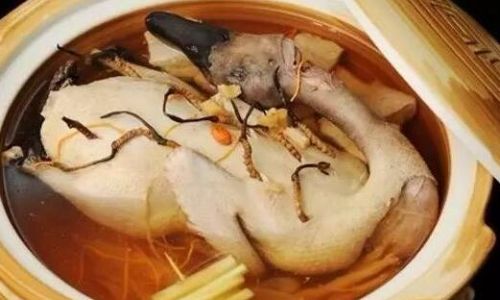
-
Powdered Cordyceps
Some supplements use ground Cordyceps, which dissolves quickly and is often added to soups or teas without prolonged boiling.
The Boiling Process: Key Variables
Boiling Cordyceps isn’t a one-size-fits-all task. Several factors influence cooking time:
- Altitude: At higher elevations, water boils at lower temperatures, potentially extending cooking time.
- Stove Type: Gas stoves heat faster than electric or induction cooktops.
- Desired Texture: Some prefer tender Cordyceps, while others aim for a firmer bite.
- Recipe Purpose: Boiling for tea vs. incorporating into a stew will differ in duration.
Boiling Times for Dried Cordyceps
Dried Cordyceps requires rehydration before boiling. Follow these steps:
-
Rehydration (30–60 minutes)
Soak dried Cordyceps in warm water until pliable. This step softens the fungus and reduces boiling time. -
Initial Boil (5–10 minutes)
Bring a pot of water to a rolling boil, add the rehydrated Cordyceps, and lower the heat to a simmer. This initial phase removes residual impurities and begins activating enzymes. -
Simmering (15–30 minutes)
Reduce heat to maintain a gentle simmer. Cooking time here depends on the recipe:- For Tea/Broth: 15–20 minutes suffices to extract flavors without overcooking.
- For Soups/Stews: 25–30 minutes ensures the Cordyceps integrates fully into the dish.
-
Post-Boil Soaking (Optional)
Some chefs let Cordyceps sit in the cooking liquid for an additional 10–15 minutes to enhance flavor infusion.
Boiling Times for Fresh Cordyceps
Fresh Cordyceps cooks faster due to its higher moisture content:
-
Rinsing
Gently wash fresh Cordyceps under cold water to remove debris.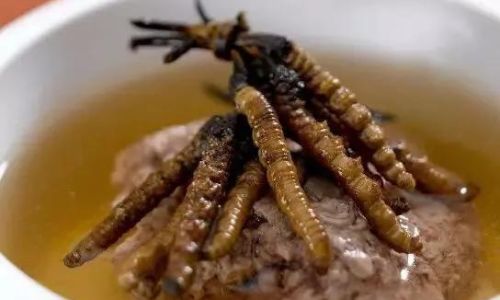
-
Boiling (3–7 minutes)
Add to boiling water and cook until tender. Overcooking can make it mushy, so test with a fork after 3 minutes.
Boiling Times for Powdered Cordyceps
Powdered Cordyceps is typically added toward the end of cooking:
- Teas/Infusions: Stir into boiling water and steep for 3–5 minutes.
- Soups/Sauces: Add during the last 5 minutes of simmering to preserve potency.
Factors Affecting Boiling Time
-
Altitude Adjustments
At elevations above 3,000 feet, water boils at ~203°F (95°C) instead of 212°F (100°C). Compensate by increasing simmering time by 5–10 minutes. -
Heat Source
- Gas stoves: Precise control allows quicker adjustments.
- Electric stoves: Retain heat longer, so monitor closely to avoid overcooking.
-
Desired Outcome
- Al Dente: Boil dried Cordyceps for 20 minutes total (rehydration + simmering).
- Fall-Apart Tender: Extend simmering to 40 minutes.
Step-by-Step Guide to Boiling Cordyceps
-
Preparation
- Dried: Soak in warm water for 30–60 minutes.
- Fresh: Pat dry with a towel.
-
Boiling Water
Use 4–6 cups of water per ounce of Cordyceps.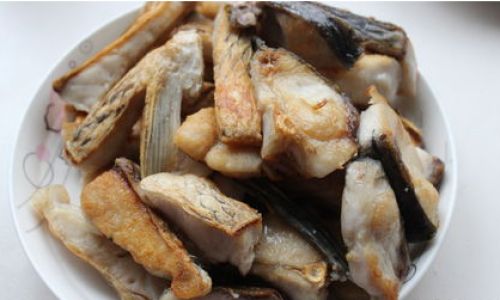
-
Adding Cordyceps
Submerge gently to avoid splashing. -
Simmering
Maintain a low simmer to prevent nutrient breakdown. -
Testing Doneness
Pierce with a fork; it should glide through easily but retain shape.
Common Mistakes to Avoid
- Overboiling: Excessive heat destroys heat-sensitive compounds like adenosine.
- Under-rehydration: Skipping soaking leads to tough, chewy Cordyceps.
- Using the Wrong Pot: Narrow pots crowd the mushrooms; opt for wide, shallow pans.
Culinary Applications and Recipes
-
Cordyceps Tea
- Boil 1 tsp dried Cordyceps in 2 cups water for 15 minutes.
- Strain and sweeten with honey.
-
Chicken and Cordyceps Soup
- Simmer chicken, ginger, and Cordyceps for 1.5 hours.
- Add vegetables 20 minutes before serving.
-
Cordyceps Risotto
- Sauté fresh Cordyceps with arborio rice.
- Deglaze with white wine and add broth gradually.
Safety and Quality Considerations
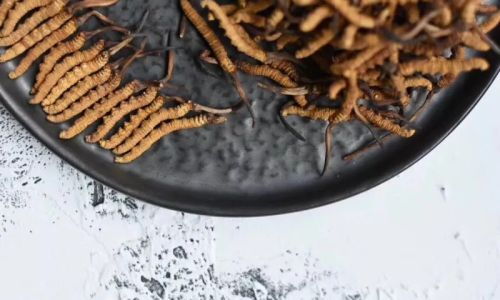
- Sourcing: Purchase from reputable suppliers to avoid counterfeit products.
- Storage: Keep dried Cordyceps in airtight containers away from light.
- Allergies: Test a small amount first, as fungal allergies are possible.
The Science Behind Boiling Cordyceps
Boiling serves two purposes: tenderizing the fungus and extracting bioactive compounds. Studies show that simmering Cordyceps at 194°F (90°C) for 30 minutes maximizes cordycepin release without significant degradation. However, prolonged boiling (over 45 minutes) may reduce polysaccharide content.
Cultural Perspectives
In Traditional Chinese Medicine (TCM), Cordyceps is often double-boiled for hours to create a potent tonic. Modern adaptations balance tradition with convenience, using pressure cookers to reduce time while preserving nutrients.
Troubleshooting Guide
- Mushy Texture: Overcooked; reduce simmering time next batch.
- Tough Texture: Under-rehydrated; soak longer or boil an extra 5 minutes.
- Bitter Aftertaste: Overboiling or low-quality produce; switch suppliers.
Conclusion
Mastering the art of boiling Cordyceps mushroom hinges on understanding its form, desired outcome, and culinary context. Dried Cordyceps thrives with a 30-minute total cooking time (including rehydration), while fresh varieties require just 5–7 minutes. By adjusting for altitude, heat source, and recipe goals, you can unlock this fungus’s full potential—whether in a revitalizing tea or a hearty stew. Remember, patience yields perfection; rush the process, and you risk sacrificing both texture and nutrients. Experiment, taste frequently, and soon you’ll craft Cordyceps dishes that honor tradition and tantalize the palate.
Final Tip: Label your jars of boiled Cordyceps with dates and uses. Frozen Cordyceps broth lasts up to six months, offering a quick flavor boost to future meals.
This article provides a thorough exploration of boiling Cordyceps mushroom, ensuring readers achieve culinary excellence while preserving its health benefits.
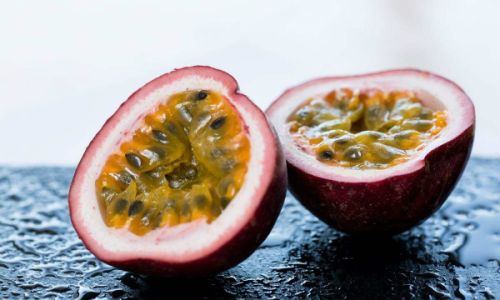

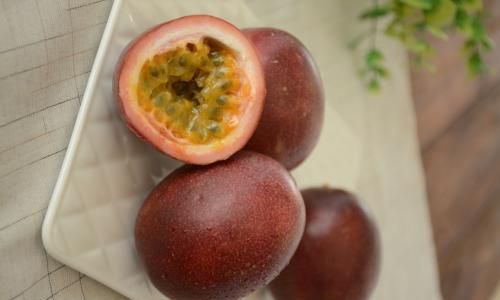
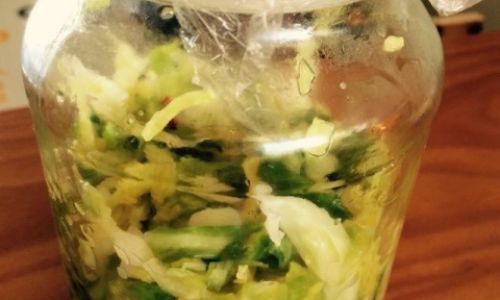
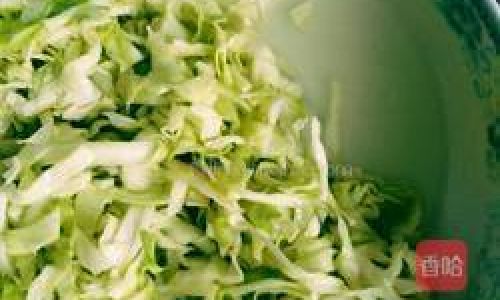
0 comments